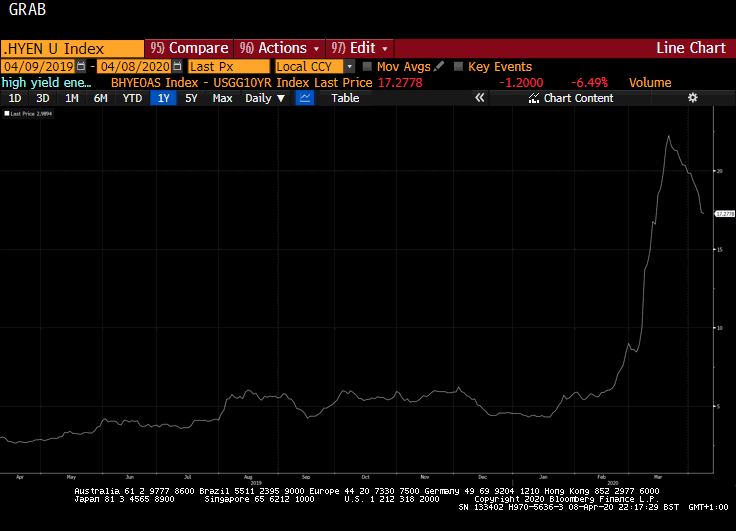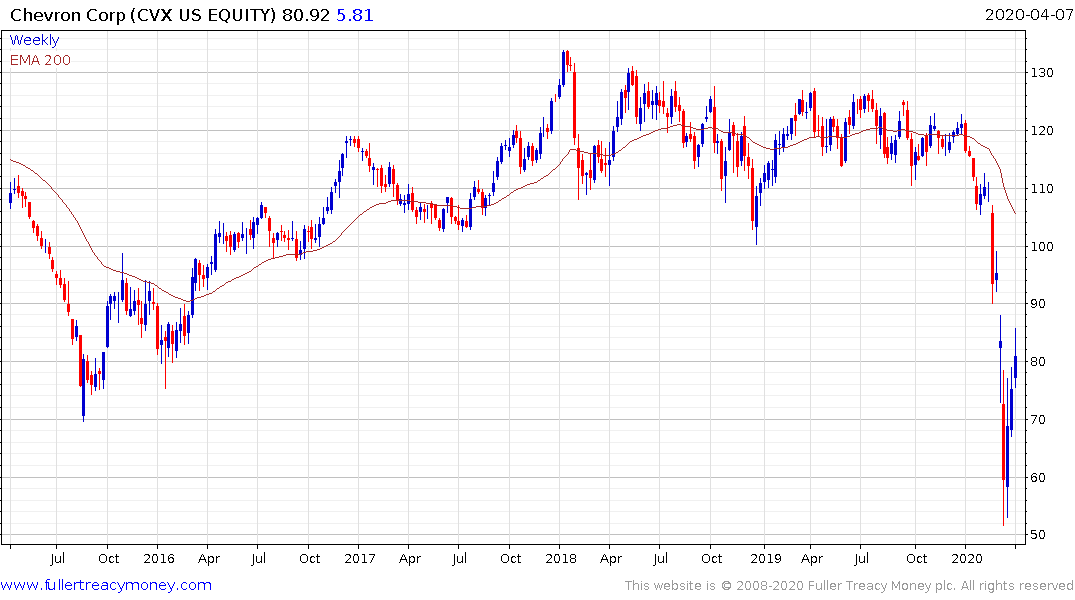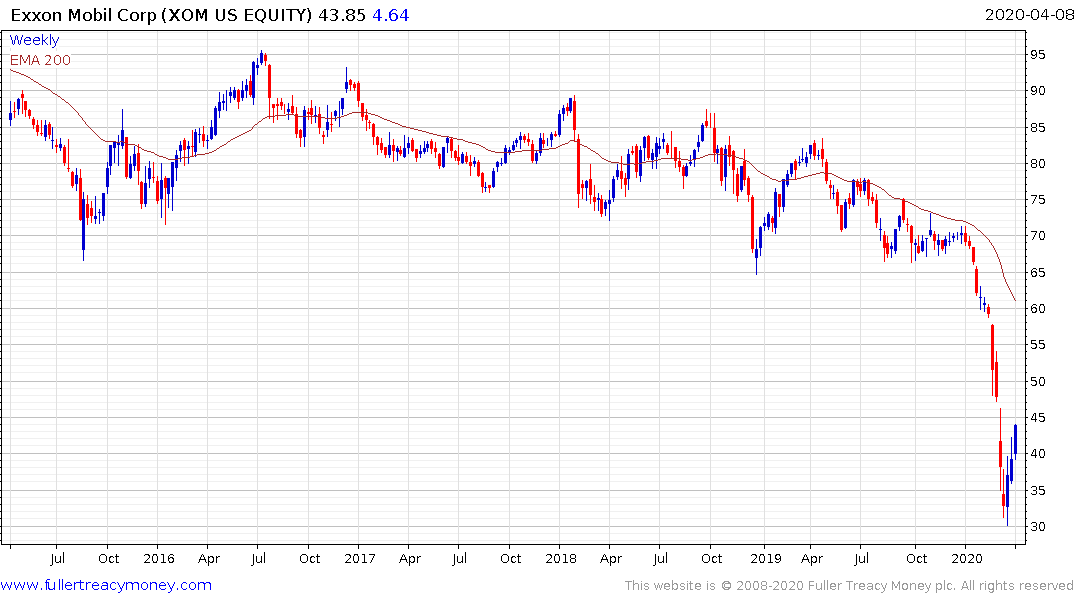Musings from the Oil Patch April 7th 2020
Thanks to a subscriber for this report by Allen Brooks for PPHB which may be of interest. Here is a section:
When we look at the company’s costs and expenses per barrel of oil equivalent (BOE), we find they totaled $14.01 for 2019. Based on the company’s average oil price (which was not adjusted for its gas output given its low price), this translates into a cash profit margin per BOE of $36.88. If we include the cost of depreciation, depletion and amortization expense (largely a non-cash expense), but indicative of the amount of investment the company needs to make to insure it replaces produced barrels and remains an ongoing enterprise, the cash profit per BOE falls to $19.06, or 37.4% of the average selling price after adjusting for hedging. That is a pretty attractive return.
With WTI oil futures prices falling to $20 per barrel, and assuming the location and quality discount remains at $6, Whiting Petroleum was looking at generating no positive cash from the oil it produced. It also assumes cash operating expenses remain at 2019 levels. This means Whiting Petroleum would be unable to invest in new exploration and development, which makes the company a self-liquidating entity. In that condition, the company essentially has no value. The bankruptcy filing indicates that reality, as current shareholders will only retain 3% of the shares of the reorganized company, as the debt holders will hold 97% in return for agreeing to cancel their bonds.
Under today’s very depressed oil and gas prices, few producers will be able to fund operations. If the companies have a significant amount of debt on their balance sheets, they will face serious challenges to sustain their businesses if they do not address their financial leverage. To understand the precarious health of the producer sector, energy consultant Rystad has prepared a chart showing the debt maturity schedule and annual interest expense for a group of 29 significant producers. While this represents only 29 producers, we believe it is indicative of the financial condition of the balance of the producer sector.
Here is a link to the full report.
The only way the unconventional oil sector is going to make it through the current crisis is to reduce the cost of production. There is no getting around the fact hydraulic fracturing and horizontal drilling operations are considerably more expensive than conventional drilling. Technological innovation will help improve that spread but it will be impossible to eliminate. Therefore, scale and proximity to end markets are the primary route to reducing costs.

As companies seek bankruptcy protection, fire sales will emerge. Private equity businesses are certainly capable to mounting an attempt to acquire promising assets but the large producers with existing operations in the major regions like the Bakken and Permian are best placed to consolidate the sector.

Chevron continues to unwind is oversold condition an its yield has compressed significantly.

Exxon Mobil is also unwinding is oversold condition.
It would overzealous to think all their challenges have been overcome. The low oil price is a headwind for all oil companies and we are likely to see significant volatility as the shale sector is rationalized. However, it is looking increasingly likely a medium-term low has been found.
Back to top

